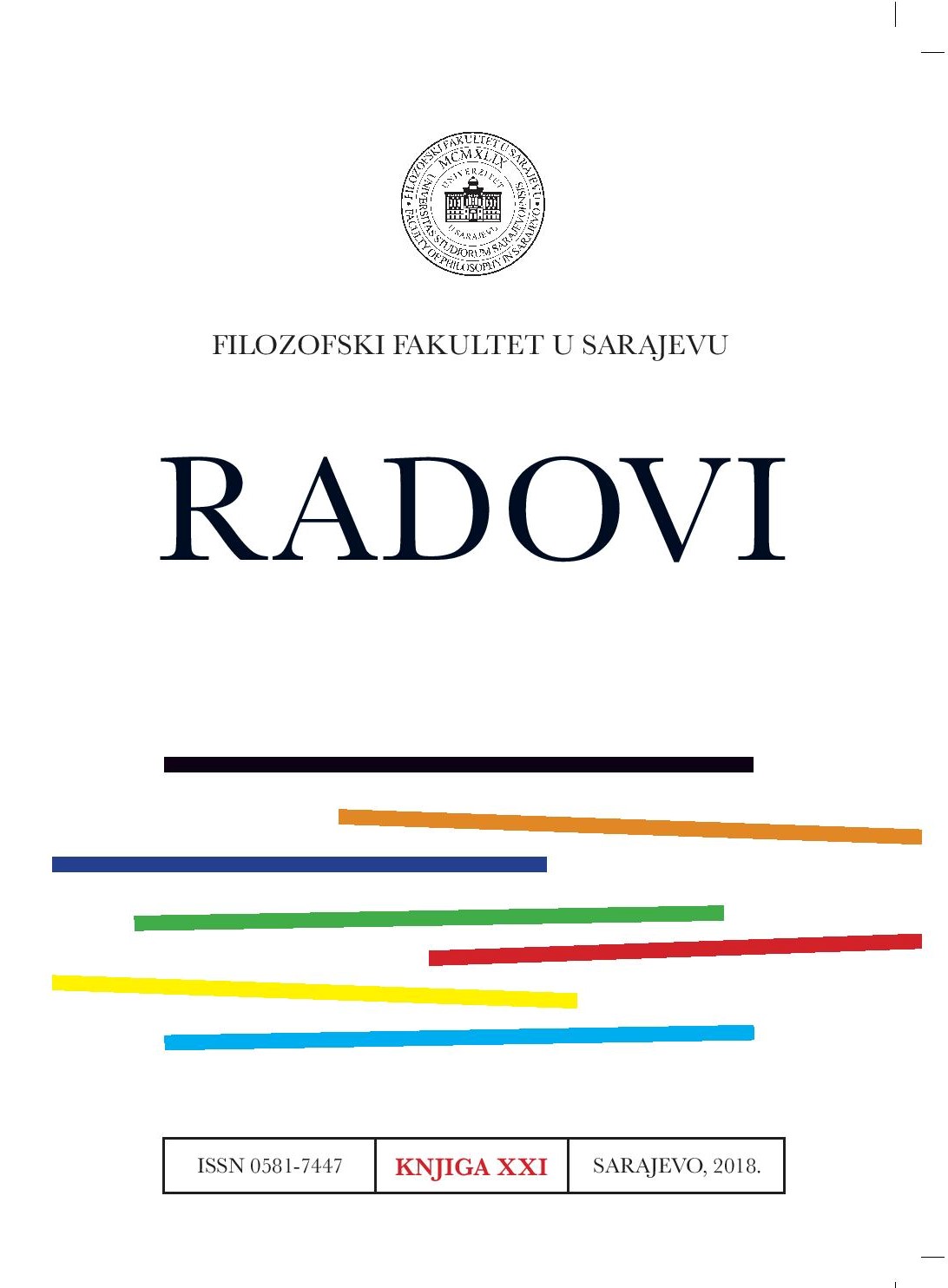HIJERARHIJA ZNANJA I EARLOVA TAKSONOMIJA UPRAVLJANJA ZNANJEM
KNOWLEDGE HIERARCHY AND EARL’S KNOWLEDGE MANAGEMENT TAXONOMY
Author(s): Beba Ešrefa RašidovićSubject(s): Library and Information Science, Information Architecture, Education and training, Other
Published by: Filozofski fakultet Univerziteta u Sarajevu
Keywords: knowledge; knowledge hierarchy; knowledge management; Earl’s knowledge management taxonomy;
Summary/Abstract: There are numerous definitions of knowledge from Plato to contemporary scientists from different disciplines related to their specific context. Information science defines knowledge by establishing a hierarchy of knowledge through the relation of data-information-knowledge-wisdom or the knowledge pyramid. As knowledge is the most important resource for the economic development of modern society versus traditional resources such as land, work and capital, the wealth of a country lies in the knowledge of its inhabitants, or what is called human capital. The concept of knowledge management has been developed in the business world in order to improve the generation, adoption and application of knowledge. Various scientific disciplines are concerned with the study of this concept, including economics, philosophy and epistemology, computer science, sociology and social psychology. Nevertheless, knowledge management does not have a single definition. The hierarchy of data-information-knowledge-wisdom is also important in managing knowledge and its conceptualization. There are a multitude of different knowledge management systems in practice. Michael Earl explored them and made a typology of knowledge management schools called Earl’s Knowledge Management Taxonomy. Although it was published in 2001, Earl’s Taxonomy of Knowledge Management Schools is still the basis for researching different approaches to managing knowledge and reviewing future trends in the field and still it is the most sought after work in the area of knowledge management (Girard & Ribiere, 2016, pp. 182). Taking into consideration this fact, the aim of the paper is to present this taxonomy and characteristics of particular knowledge management schools as a way of monitoring the future development of the discipline.
Journal: Radovi Filozofskog fakulteta u Sarajevu
- Issue Year: 21/2018
- Issue No: 1
- Page Range: 208-228
- Page Count: 21
- Language: Bosnian

